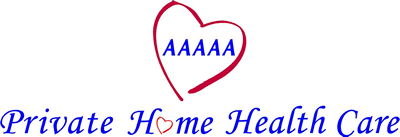National Train Your Brain Day
On this day we are encouraged to expand our brain capacity.
Our routines don’t keep our minds sharp so on this day try some activities like reading or word puzzles, number games, riddles or brain teasers.
Riddle: What is a sick crocodile? Answer: An Ail-ligator!!
Private Home Health Care encourages stretching our brains and having a bit of fun at the same time!
#TrainYourBrainDay
#Privatehomehealthcare
Posted in: Healthcare
Leave a Comment (6,334) →